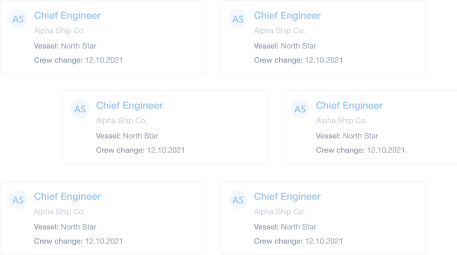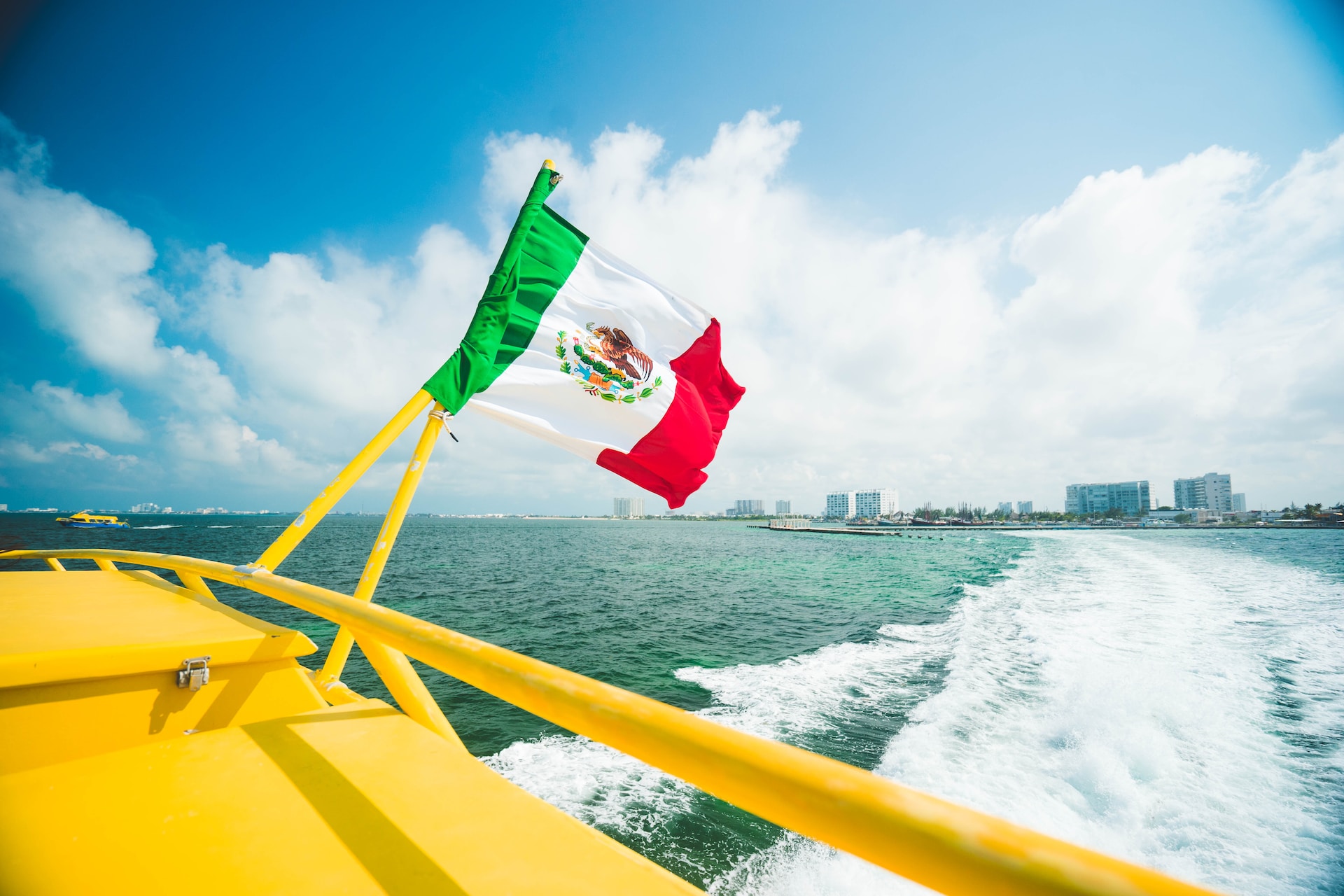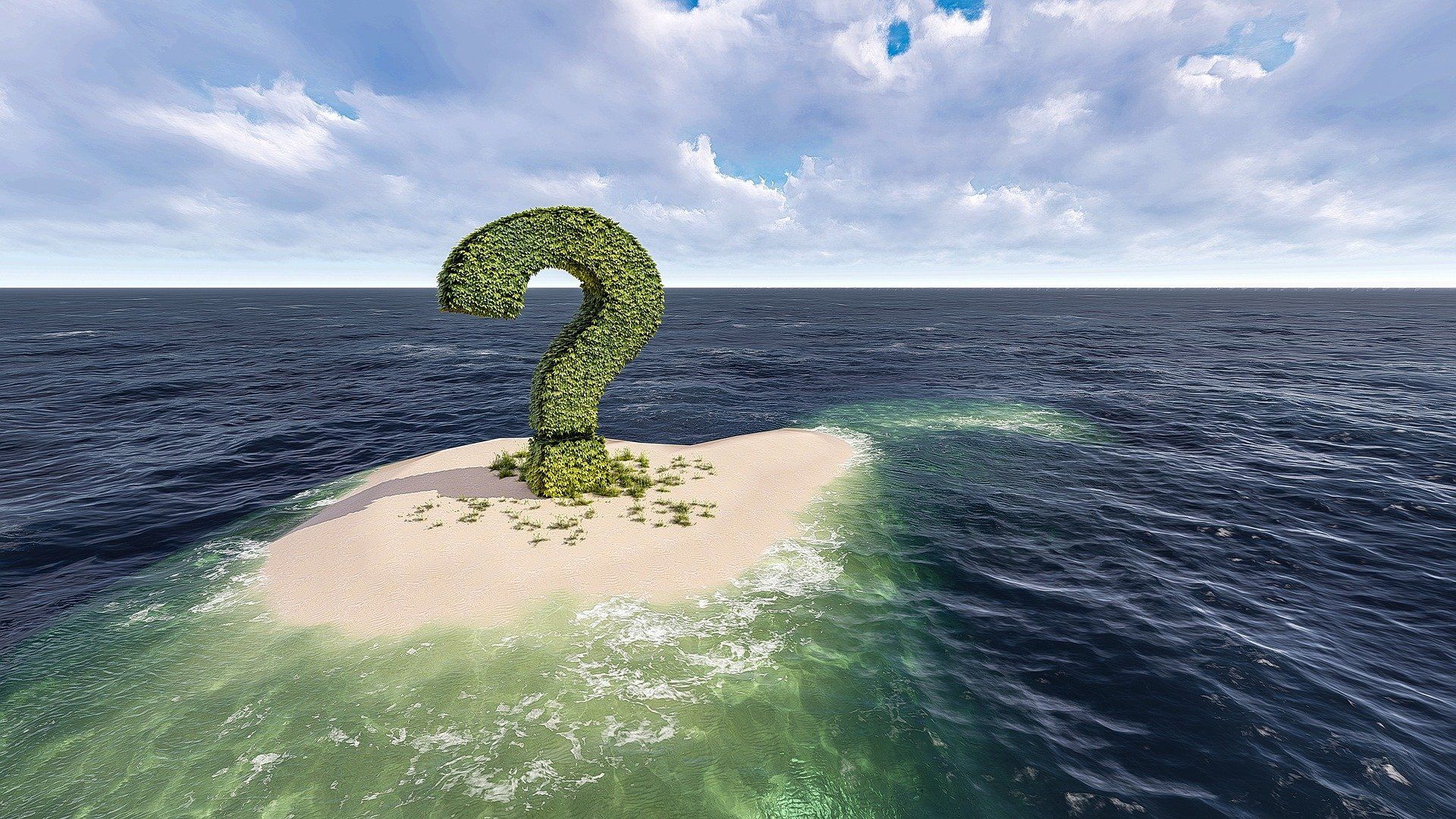Your Guide to Uniforms in the Merchant Navy

A uniform can make individuals feel like they belong to something larger than themselves. It can give them a sense of purpose and identity, which can be a source of pride.
And when you're in the maritime industry, this sense of purpose, identity, and pride grows because you wear a uniform steeped in tradition.
And not just that—the merchant navy uniform signifies your achievements, qualifications, and dedication to your profession. This recognition is a source of pride, especially for those who have worked hard to earn it.
But before anything else, how did the merchant navy uniform come to be? Let's find out in this post.
A brief history of the naval uniforms
The history of the merchant navy uniform is extensive and diverse, representing sailors' evolving responsibilities and functions over time.
The first uniforms for the merchant navy appeared in the 18th century to designate sailors as belonging to a specific ship or firm. Often constructed of thick wool, these early uniforms had a recognizable pattern or symbol on the front of the jacket.
The merchant navy played a significant role in the global transportation of commodities and people throughout the 19th century.
Sailing became more specialized and professional, and clothes changed to reflect this. Each rank or rating adopted the standard navy blue and white uniform, with unique insignia and accessories.
When it came to identifying sailors and upholding discipline, uniforms became even more crucial when the merchant navy supported Allied forces during World War Two.
Although many sailors also wore customized uniforms for specific duties, such as those operating on deck or in the engine room, the basic navy blue and white uniform was nevertheless worn by most sailors.
The merchant navy still plays a significant role in international trade today, and uniforms are an essential component of its history and culture.
Contemporary uniforms are made using high-tech materials and features that make them suited for a variety of environments and conditions. They are also made to be functional and comfortable.
The merchant navy uniform has evolved significantly since its beginnings in the 18th century, representing sailors' shifting tasks and responsibilities throughout the years, from traditional navy blue and white to contemporary materials.
An introduction to the merchant navy uniform
Working for the merchant navy is a big adventure and milestone. If it's your first time on deck, a uniform will mark this joyous occasion.
So why don't we go ahead and introduce what you will be wearing?
Uniforms for the merchant navy have been more tightly required for crew members working on passenger ships since their inception, which has aided shipping corporations in improving their operations.
The introduction of uniforms made it easier to distinguish staff members from passengers. In addition, it helped the crew establish professionalism outside the vessel and a sense of togetherness and solidarity among themselves, improving service delivery.
The type of ship and the kind of work a maritime worker does determine what they wear while on board.
For instance, a seafarer working on deck or in the engine room will put on boiler suits in addition to a high visibility vest or other safety gear like gloves, a helmet, safety shoes, etc. The officer's uniform on a cruise ship could differ slightly from that on merchant ships.
The merchant navy uniforms, like any other worn in various industries, come with descriptions indicating who should wear them. It aids in establishing professional identities and clear occupational hierarchies within the crew.
While many of the components of a merchant navy uniform resembled those of a naval uniform, they frequently also had different connotations.
Although sailors today wear more fashionable uniforms, some aspects of the earlier iterations of the merchant navy uniform have remained the same over the years.
To give you an idea of your uniform, here's a guide per department:
Deck Department
When on a ship's bridge, accommodations, or mess room, deck crew (including officers) often dress in a white shirt and black pants with epaulets according to their rank.
In cold weather, the outfit is worn with black dress shoes and a pullover or hoodie. The cap (P-cap) has a white top with an anchor symbol and a black hood.
They typically wear a boiler suit and other personal protective equipment when working on the deck or during cargo operations. The ratings from the deck department also wear the boiler suit and safety shoes.
Engineering Department
Most of the time that the engine department crew is in the engine room, they are required to wear boiler suits, except while they are in the officer's mess or on the bridge.
However, lunch is notorious for its time crunch, so you may be permitted to eat in boiler suits.
The engineer officer's formal uniform is the same as the deck officers. Still, the epaulets differ according to rank (engineer officer epaulets also have purple color in between stripes and have a propeller symbol, while deck officer epaulets have an anchor).
The P-Cap is also the same as that of the deck department.
The boiler suit and general safety are also a critical outfit and concern of the engine room ratings.
To summarize
Uniforms are an essential component of many professions.
They serve various purposes, including promoting a sense of identity and unity, establishing professionalism, promoting safety and security, promoting equality, branding, and promoting discipline and order.
Arguably, one of the most recognizable uniforms is the merchant navy.
As a seafarer, you've put in years of arduous work, discipline, and dedication to earn the right to don the coveted merchant navy uniform.
You probably already know this (and you are undoubtedly excited to do it), but wear it proudly when you're in uniform.
Are you looking for new opportunities in the merchant navy? We're here to help!
At Martide, we made the application process faster, easier, and more convenient for seafarers like you. Now, you must download the free Martide app from the Apple App Store or from Google Play create a resume, browse through our vacancies, and apply.


is the only site for maritime jobs



